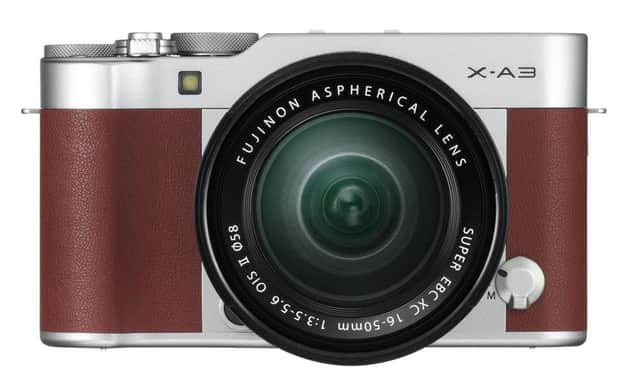Should you follow Nikon and abandon your DSLR?


The proliferation of smartphones with three lenses, artificial intelligence and instant connectivity to sharing services online, has defeated the point of carrying around another device to take snapshots.
But the latest rumours from Nikon, the Japanese camera maker most trusted by professionals, that it is also to phase out many of its specialist ranges, marks a new turn in the development of the technology.
Advertisement
Hide AdAdvertisement
Hide AdFor the last few years, the choice for photography enthusiasts has been chiefly between mirrorless and single-lens reflex (DSLR) mechanisms. Both use interchangeable lenses, both are capable of magazine-standard results, and both are expensive.
People who use mirrorless cameras – or compact system models, as some retailers prefer to call them – like them because they are lighter to carry, and more suited to taking video as well as stills. DSLR devotees tend to prefer the familiarity of an optical viewfinder.
However, the news from Japan suggests that the debate is about to become one-sided. DSLRs are not going to disappear but the next year or two may see them confined to top-of-the-range models only. Those who have in the past bought mid-level models like the £400 Nikon D3500 may look in vain for a direct replacement.
Mirrorless cameras, as the name suggests, lack the flip-over mirror that characterises DSLRs. It was an arrangement carried over from film cameras, one that allowed pictures to be previewed through a viewfinder linked to the lens. In the newer format, the camera’s sensor creates an electronic image in the viewfinder. In this sense, mirrorless models can be said to be more natively digital.
Advertisement
Hide AdAdvertisement
Hide AdBut they are not cheaper, and the scarcity so far of second-hand examples makes them something of an exotic purchase.
At the lower end of the mirrorless market are the Canon M100 and Fujifilm X-A3, both at a little over £250 in a kit with a standard lens. For that sort of money, you can expect wi-fi, Bluetooth and near-field connectivity and, on the Fuji models, an LCD screen that rotates on two axes, in order to photograph high or low angles without standing on a ladder on in a hole.
What you won’t get, though, is a viewfinder; these are camera for holding at arm’s length, not up to your eye. Models that will give you the choice, such as the Olympus E-M10 Mark II, start at around £400, and of course the viewfinder is electronic, not optical.
The ability to shoot video in ultra high-definition is another feature you may want to consider, and you may be further swayed by the attractive retro design of some models, a nod to the Leicas of the swinging Sixties.
Advertisement
Hide AdAdvertisement
Hide AdNikon’s absence from this market is conspicuous – an omission which its rumoured shift away from mid-range DSLR cameras will no doubt rectify eventually. Its mirrorless range does not currently start until the £1,7000 price point, with the Z6 model.
If you’re considering following Nikon in moving away from DSLRs, you will want to check whether your existing lenses will still work. There’s a good chance that they will, albeit with an adapter and a reduced aperture, and without autofocus. But be aware that fewer mirrorless lenses are available, and, again, a thriving second-hand market has yet to emerge.
The most important consideration, however, is how the camera feels in your hand. Never buy one online before you’ve tried it in a shop, and ideally not even then. It’s unlikely to be cheaper on a website, in any case.